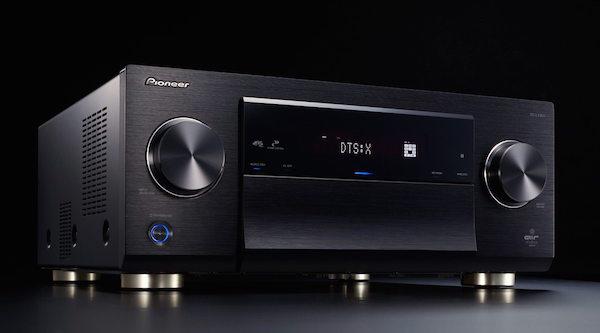Is My AV Receiver Dolby Vision-Compatible?

Q Sony recently announced a firmware update that adds Dolby Vision support for my TV, the XBR-65Z9D. Here’s my question: Will my Pioneer Elite SC-LX901 receiver be able to pass signals from Dolby Vision discs played on Ultra HD Blu-ray players that support Dolby Vision? The SC-LX901 is equipped with HDMI version 2.0a connections, so I’m assuming it should have no problem. —Cesar Sanchez
A One would think so. According to Pioneer, the HDMI version 2.0a connections on the Elite SC-LX901 have sufficient bandwidth to convey Ultra HD video signals with resolutions up to 4K/60p/4:4:4. They can also pass the high dynamic range (HDR) metadata used to trigger expanded highlights and extended shadow detail on compatible TVs from movies mastered in the HDR10 format. Regular HDMI 2.0 connections, which are found on certain receivers released prior to 2016, do not pass HDR metadata. Version 2.0a specifically adds that capability.
Unlike HDR10, support for Dolby Vision isn’t tied to a specific flavor of HDMI. That’s because Dolby designed its format, which employs dynamic metadata that varies on a frame-by-frame basis rather than the static metadata used with HDR10, to work independent of HDMI versions, with the metadata embedded in the video signal itself instead of riding on top in a separate layer. According to the company, Dolby Vision is compatible with HDMI versions extending as far back as HDMI 1.4b.
Having said all that, when I ran your question by Dolby, here’s the answer I received: “Dolby Vision can technically be routed through any equipment starting at v1.4.b and above, however, the device needs to be aware of the kind of signal properties that differentiate Dolby Vision from a standard SDR signal. To this effect, we have issued a compatibility SDK that several manufacturers have already used to obtain pass-through compatibility on upcoming products. Compatibility on existing products is something that could possibly achieved as well, but is of course at the discretion of each manufacturer/OEM.”
To me, Dolby’s statement indicates that passing Dolby Vision through an existing HDMI 2.0a receiver won’t be the same simple matter that it is with HDR10. The manufacturer will need to provide a firmware update to enable Dolby Vision pass-through. So, my answer to your question is: Yes, as long as Pioneer provides a firmware update for the Elite SC-LX901. Dolby also mentioned that a “Dolby Vision Compatible’’ logo will be applied to upcoming AV receivers from Onkyo, Pioneer, Denon, and Marantz, which means that receivers with out-of-box Dolby Vision pass-through will be available in the future.




























































